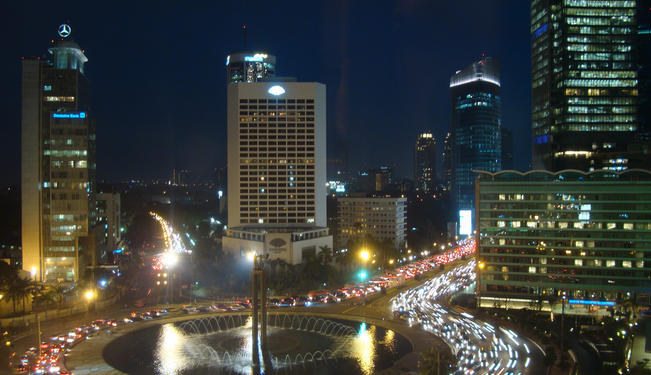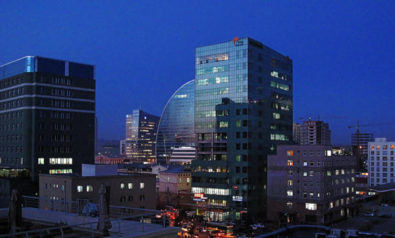
The year 2009, often considered the worst year of the Global Financial Crisis, saw a sharp dip and then the continuation of steady growth for most Asian economies. Yet the future of this pattern of stable growth faces threats from both regional and global issues.
Background
The economies of East and South East Asia are often measured against the great economic power that is China. China, although not untouched by the global economic crisis, has fared much better than the West. Although its gross domestic product (GDP) growth slowed down markedly, from 14.2% in 2007 in to 9.2% in 2009, it has not been in recession. The economic trajectories of the countries closest in proximity to China in terms of location, culture and political influence, namely those of East and South East Asia have been very different.
These countries include: Cambodia, Indonesia, Laos, Malaysia, Myanmar, the Philippines, Thailand and Vietnam. All of these countries supply China with predominantly exports, which are used to fuel manufacture in China. This makes some of these countries rather dependent on China, but has not necessarily left them unaffected by the global economic crisis. Over the past few years, the economies of countries considered more developed by western standards have suffered; Thailand, the Philippines and Malaysia for instance have all suffered both political and economic instability which is intertwined with the global economic crisis.
The economic crisis of 2007-2012 hit South East Asia at a time of political transition. Although regional and local banks were not as severely affected as those in the West, the fall in GDP came at a difficult time politically, notably in Indonesia, Malaysia, Thailand and the Philippines. In the cases of Indonesia and Malaysia in particular, this economic and political vulnerability has inevitably provoked social unrest and political turmoil. Yet despite these underlying social tensions, the economies of Asian countries are still doing comparatively well in a global context.
Why are Rising Economies in Asia important?
International trade is key to the economies of most East and South East Asian countries, particularly the export of primary goods. Since the economic crisis, the demand for some of these materials has decreased. The burden of this falls mainly on countries of South East Asia who now not only have less demand for their goods, but also a shrunken market, giving those who are still willing to buy (particularly China) more bargaining power. However, problems are not restricted to unindustrialized countries. The long-term issue faced by all industrial based economies is that of how to sustain industry by transferring to different forms of energy. This is particularly difficult in countries such as Malaysia and Indonesia where local fuel reserves are no longer able to keep up with demand.
Industrially developed countries with an abundance of natural resources such as Indonesia show promising futures, economically speaking. Despite political and cultural divisions, it has both a wider range of major exports and a wider range of major trading partners, giving it greater economic security. Countries such as Indonesia who are developed industrially are less economically reliant on China than countries such as Cambodia, Laos and Myanmar which although possessing rare minerals and natural resources, do not possess the infrastructure to use them; leaving them heavily dependent on China to purchase and manufacture their resources.
The current situation shows potential for great change. Politics, relationships with China and the need to shift to different forms of fuel have all shown to be highly sensitive to economic change. How the governments of this region work independently and with each other, particularly through the Association of Southeast Asian Nations (ASEAN), to make the changes necessary to assist economic growth and development, will be interesting.
For more than 10 years, Fair Observer has been free, fair and independent. No billionaire owns us, no advertisers control us. We are a reader-supported nonprofit. Unlike many other publications, we keep our content free for readers regardless of where they live or whether they can afford to pay. We have no paywalls and no ads.
In the post-truth era of fake news, echo chambers and filter bubbles, we publish a plurality of perspectives from around the world. Anyone can publish with us, but everyone goes through a rigorous editorial process. So, you get fact-checked, well-reasoned content instead of noise.
We publish 2,500+ voices from 90+ countries. We also conduct education and training programs on subjects ranging from digital media and journalism to writing and critical thinking. This doesn’t come cheap. Servers, editors, trainers and web developers cost money.
Please consider supporting us on a regular basis as a recurring donor or a sustaining member.
Support Fair Observer
We rely on your support for our independence, diversity and quality.
Will you support FO’s journalism?
We rely on your support for our independence, diversity and quality.









